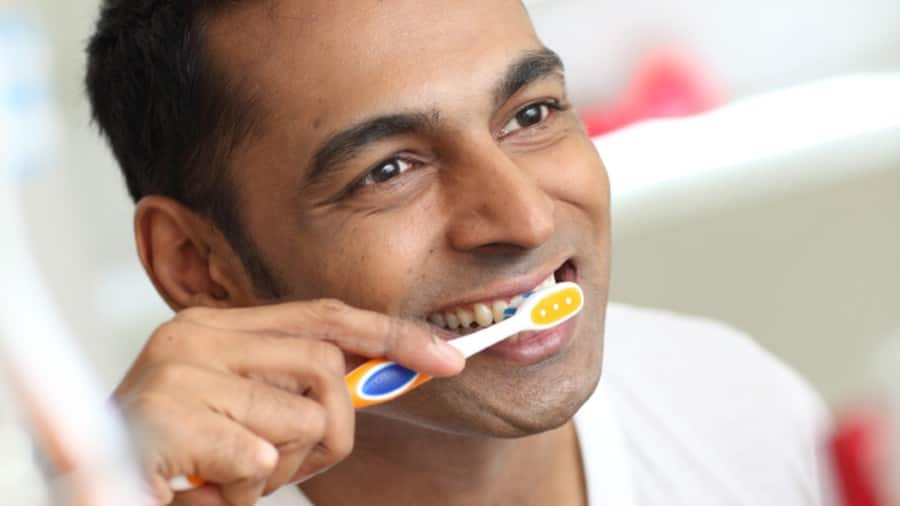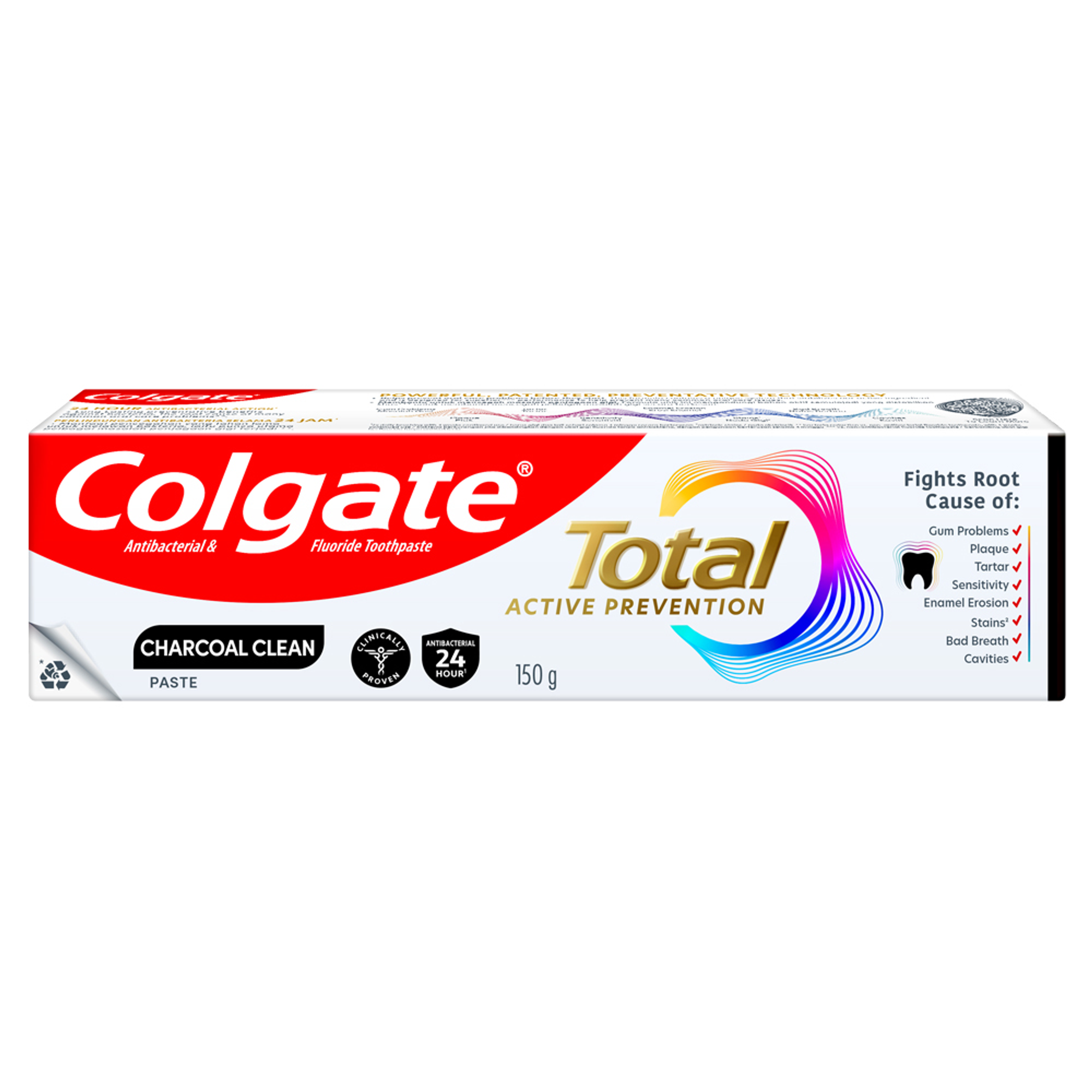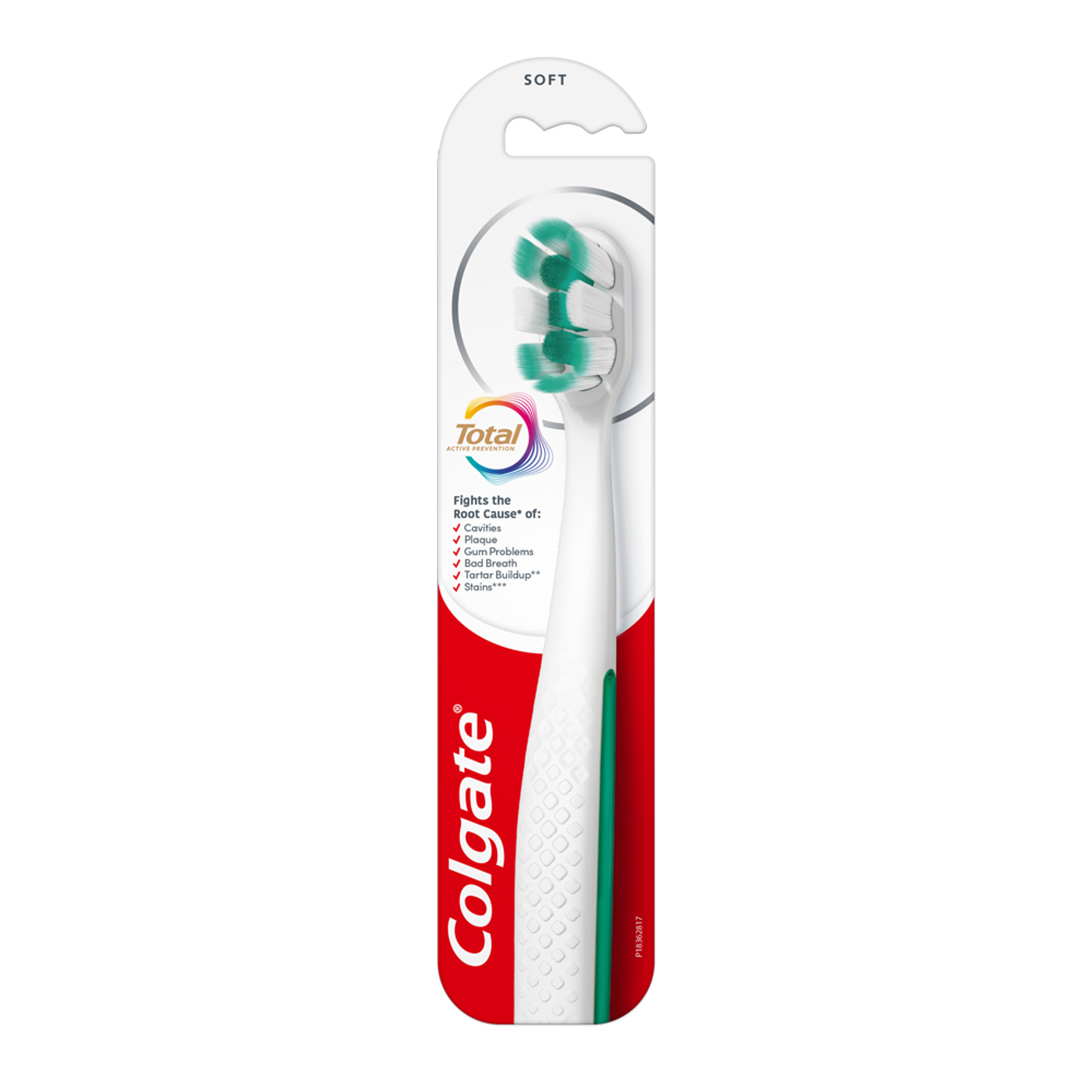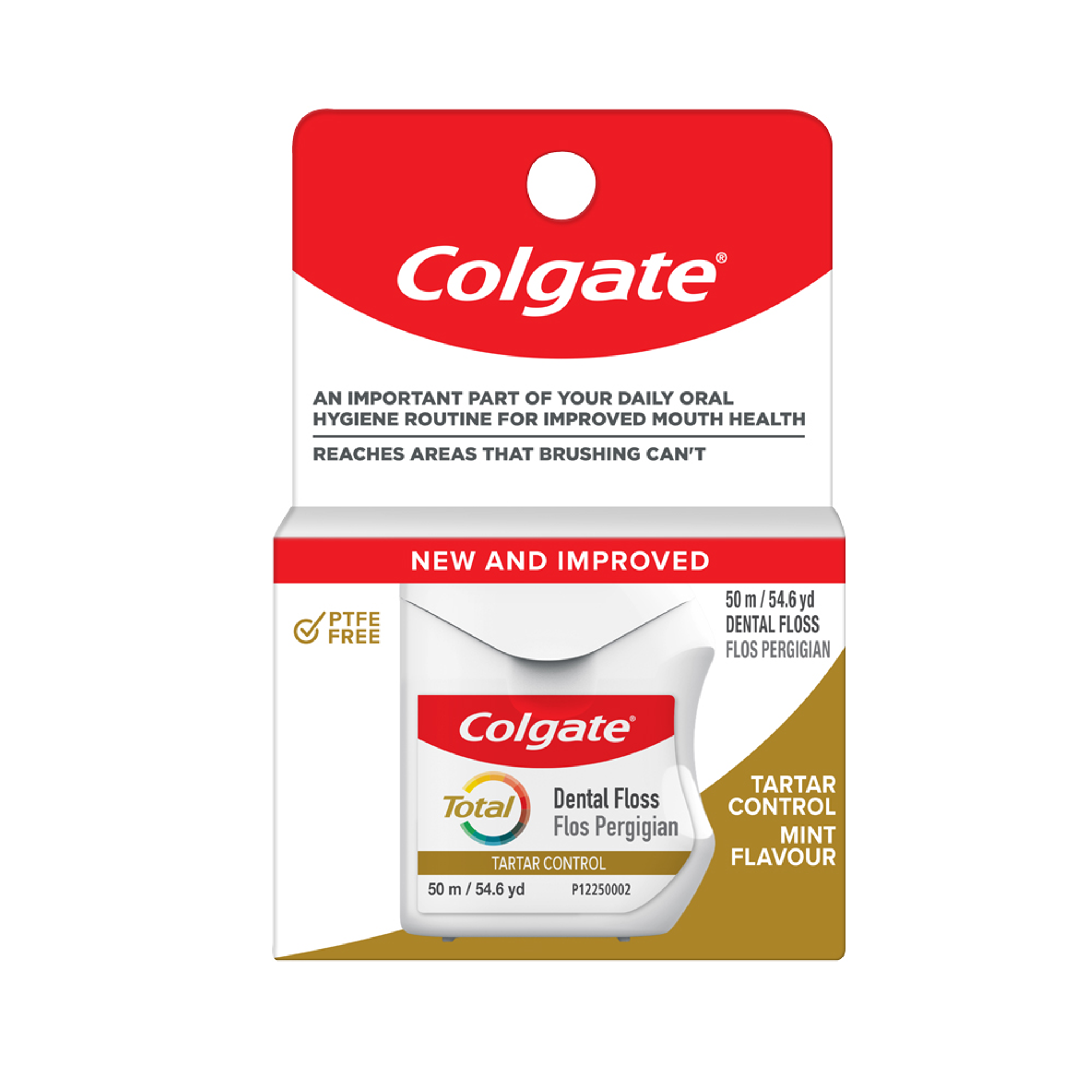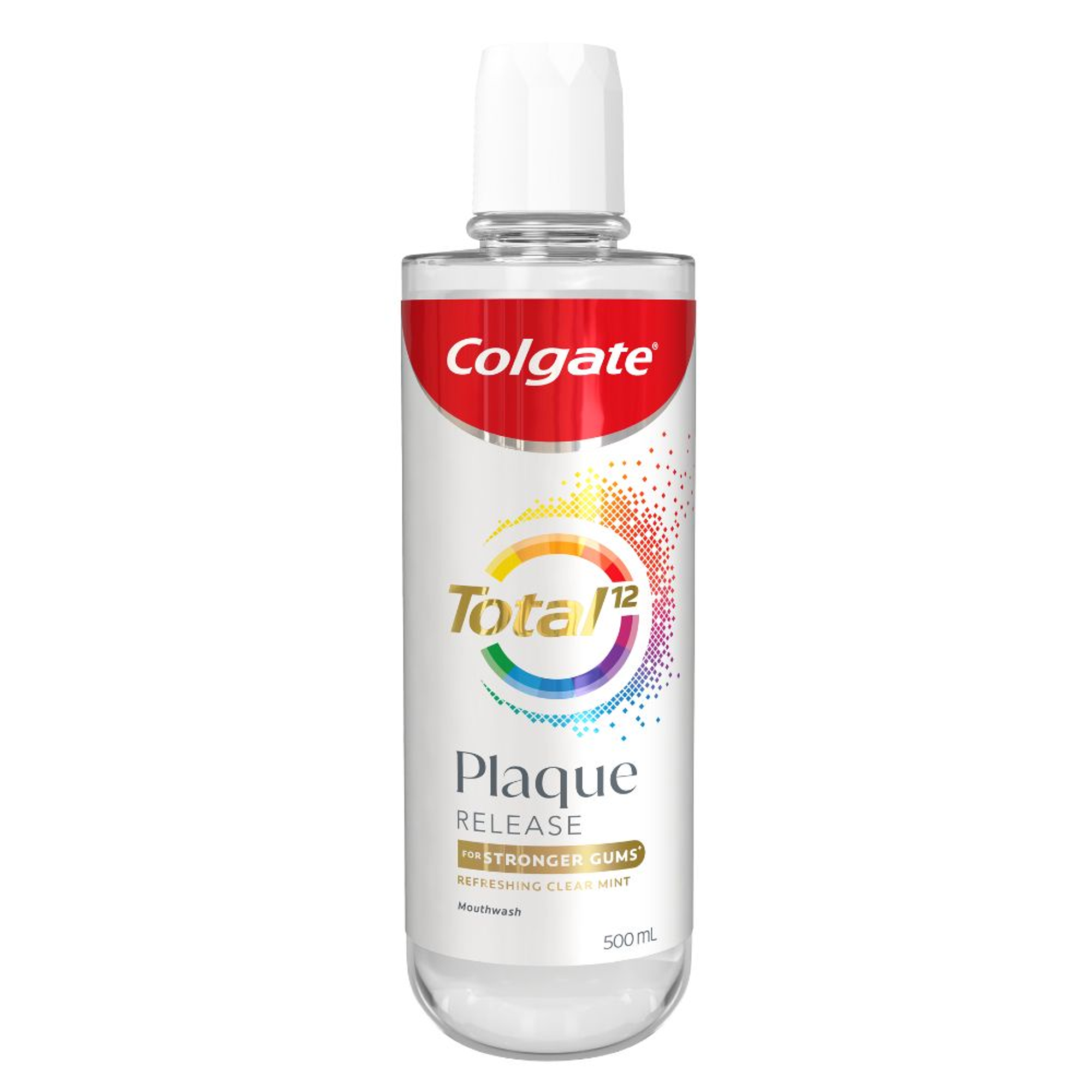Read on to learn about gingivitis, its causes, symptoms, and risk factors. Discover the different ways to manage and treat the condition. Also, gain insights on effective preventive measures and when to see a dentist.
Understanding Gingivitis: What is it?
Gingivitis is a milder form of gum disease. It is the infection and inflammation of the gums around the base of the teeth. The condition is often a result of plaque buildup (a sticky, colourless biofilm of bacteria and food debris) along the teeth and gum line. It hardens to tartar if not removed with proper oral care. Plaque and tartar deposits irritate the gum tissues, causing them to swell.
Gingivitis is usually painless, does not involve bone loss, and shows mild symptoms. It may also show no signs and go unnoticed until the bacterial infection has advanced. Left untreated, it becomes periodontitis, a more severe stage of gum disease, which damages the gum tissues and supporting bones. This leads to gum recession and loose teeth, eventually causing tooth loss. Hence, it is vital to identify and treat the signs of gingivitis early on.
Common Causes of Gingivitis
To understand what causes gingivitis, knowing the oral and non-oral factors that lead to this condition is essential. The most common culprit behind gum infection is poor dental hygiene, which allows dental plaque and tartar to accumulate. Without proper brushing and flossing, plaque hardens to tartar, which can only be removed with the help of a dentist. The plaque bacteria produce toxins that irritate the gums.
With plaque and tartar buildup, the bacterial toxins accumulate over time, to which the body responds by releasing enzymes. These toxins and enzymes can eventually damage the tissues and bones that hold the teeth. This makes it essential to treat gingivitis before it gets worse.
Symptoms of Gingivitis
Though the early stages of gum disease easily go unnoticed, timely detection can save you from a lot of trouble. Understanding gingivitis symptoms is crucial to help you manage the condition or seek the help of a dentist for proper gingivitis treatment. You may watch out for the following signs of gum disease in its early stages:
Bleeding gums when brushing or flossing
Red, swollen gums with a shiny appearance
Tenderness and sensitivity of gums
Bad breath
Major Risk Factors For Developing Gingivitis
Besides poor oral hygiene, various factors can increase the likelihood of developing gingivitis. These include lifestyle habits, medications, and underlying medical conditions. Understanding them helps you manage the condition effectively for you and your family. Here are the risk factors to look out for:
Smoking and chewing tobacco
Hormonal changes
Health conditions such as diabetes or immune-compromising disorders
Ill-fitting dental appliances, like dentures or braces and rough-edged fillings
Misaligned or crooked teeth
Use of some over-the-counter medications
Genetic factors
Timely treatment of gingivitis not only saves you from periodontitis but also from other health complications. If not treated, the infection may spread across the body, triggering an inflammatory response. This can increase the risk of hypertension and high blood pressure.
Effective Gingivitis Treatment Options
The answer to “How do you treat gingivitis effectively?” lies in maintaining good oral hygiene and addressing the related risk factors. Timely treatment stops the infection from spreading and helps restore gum health. While home remedies can be tempting, they often lack scientific proof and can be potentially harmful. If you notice any of the above signs of gingivitis, consult your dentist for treatment.
Dentists often look at the medical history of the individual for causative health conditions. They examine the gums for any signs of swelling or irritations. Periodontists analyse the pocket depth between teeth and gums. They may use dental X-rays to rule out bone loss at deeper pockets. Based on the diagnosis, they may suggest any of the various gingivitis treatment options offered by dentistry for you to consider. They include:
Professional cleaning: It removes plaque and tartar deposits that escape your oral care routine. This helps reverse early signs of gum disease.
Deep cleaning: This includes techniques called scaling and root planing. Scaling removes the plaque and tartar deposits deep below the gum line. Root planing smoothes the tooth root surfaces, helping them heal.
Antibacterial mouthwash: Rinsing with an antiseptic or antimicrobial mouthwash helps fight bacteria. It helps resist plaque buildup and gum infection. A dentist can provide the right recommendations for daily use, especially after deep cleanings.
Medications: Your dentist may suggest medicines to control bacterial infection. These may be topical gels or oral antibiotic medicines to fight the harmful bacteria that cause gum infection.
Repair dental work: If you have misfitting dental wear and fillings in your mouth, your dentist may fix or remove it. This not only prevents gum irritation but also helps avoid plaque accumulation.
Tips For Preventing Gingivitis
While various gingivitis treatment options are available, the best way to tackle it is by prevention. Good oral hygiene helps prevent gum infection and other oral problems for you and your family. Here are some oral care tips you can consider for gingivitis prevention and to maintain healthy gums:
Brushing: Brush your teeth using fluoride toothpaste twice daily and a soft-bristled toothbrush. You may consider using a soft electric toothbrush and kids-friendly toothpaste for the younger members of your family. Make sure to use the right brushing techniques and gently cleanse the gums and gum lines.
Flossing: It removes hidden plaque deposits from between the teeth and difficult areas where your toothbrush cannot easily reach. You can use a dental floss or a water flosser. Interdental toothbrushes are an ideal alternative if you find it difficult to use floss.
Use mouthwash: You may use a prescription-strength mouth rinse to fight bacteria. Your dentist can provide the right recommendations.
Regular dental checkups: Ideally, schedule an appointment with your dental hygienist every six months. Regular dental cleaning helps remove tartar and plaque from the surface of your teeth and gumline. This greatly helps prevent gum disease and other oral problems.
When to See a Dental Professional
Regular dental visits are crucial for dental health. As gingivitis can sometimes show no symptoms, early detection is key to preventing advanced periodontal diseases. Routine dental check-ups and cleanings can catch and reverse the early stages of gum disease. Consult your dentist if you notice persisting signs of gingivitis, like red, swollen, and bleeding gums that do not improve with good oral care.
You can manage gingivitis with a proactive approach to your family’s oral health. Though a mild form of gum disease, it should not be overlooked. Treating it saves you from advanced gum disease and its implications, like tooth loss. Knowing the risk factors and causes helps you care for your gum health. Consult a dentist for diagnosis and gingivitis treatment if the symptoms persist. Good dental care and regular dental visits are crucial for healthy gums and teeth.
Frequently Asked Questions
1. Is gingivitis permanent?
Gingivitis is not permanent and can be reversed with early detection and treatment. Regular dental visits can help. Professional cleaning removes plaque and tartar, and helps reverse early signs of gum disease. Good dental hygiene, through regular brushing, flossing, and the use of mouthwash, helps prevent bacterial infection.
2. How do you cure gingivitis fast?
If you are wondering how to cure gingivitis quickly, the first step is to improve oral hygiene with regular brushing, flossing, and the use of mouthwash. If the symptoms prevail, consult a dentist for professional cleaning to remove plaque and tartar. You may have to address the underlying health conditions and lifestyle habits to manage the condition effectively.
3. How to tell if gingivitis is getting worse?
As gingivitis progresses, you may notice symptoms besides red, swollen, and bleeding gums. Gums may recede, causing sensitivity to hot or cold foods and making the teeth appear longer. Deep, pus-filled gum pockets are other symptoms to look for. If you are wondering how to prevent gingivitis from getting worse, timely gingivitis treatment from a dentist and enhanced oral hygiene are the keys.
4. Can I stop gingivitis on my own?
If you are wondering how to solve gingivitis on your own, good oral hygiene is the key. It includes brushing twice, flossing once daily to remove plaque buildup, and rinsing with antibacterial mouthwash. Managing health conditions and lifestyle changes, like quitting smoking, helps improve gum health. However, consult a dentist for treatment if the symptoms persist.







